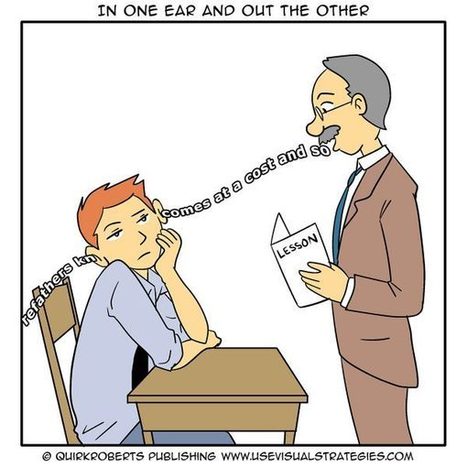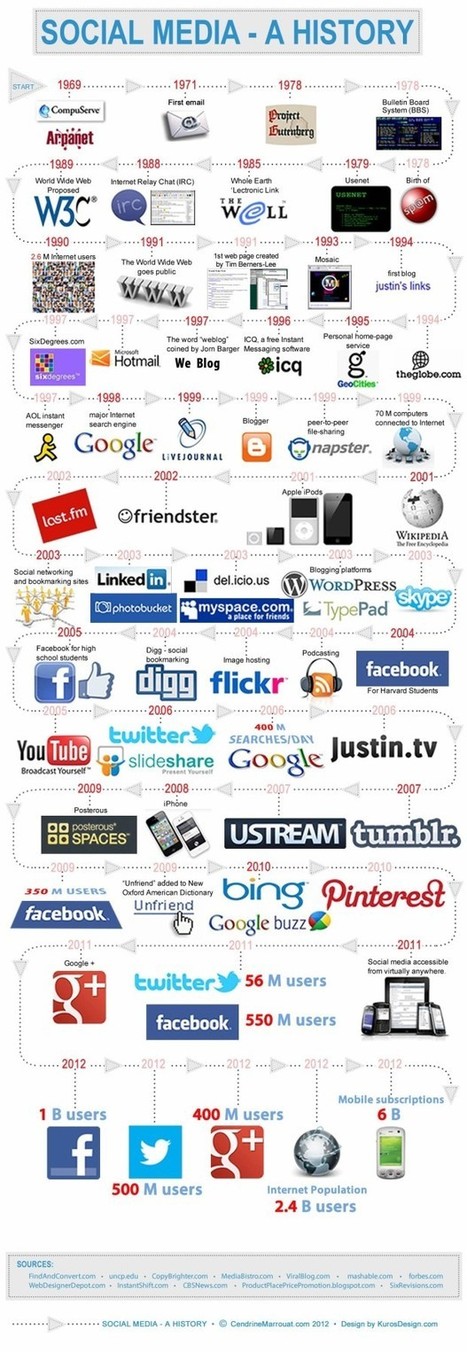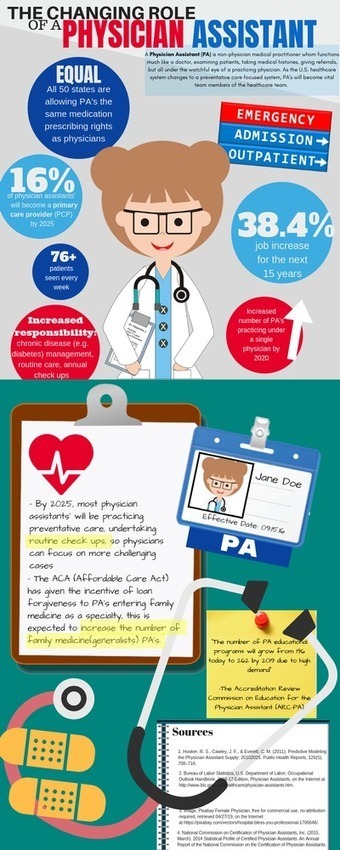Why visuals for autism? Understanding why is important for achieving success with communication. It’s considered “best practices” to use visual strategies for autism. Autism consultant and Speech Pathologist, Linda Hodgdon teaches important concepts to achieve success with ASD.
Via Tom D'Amico (@TDOttawa)



 Your new post is loading...
Your new post is loading...
















